Sensō-ji Temple
Tokyo’s oldest temple is the Sensō-ji, constructed in the year 645. Like almost everything else in this city plagued by earthquakes and fire, it’s been rebuilt multiple times, but has always been an important place of worship.
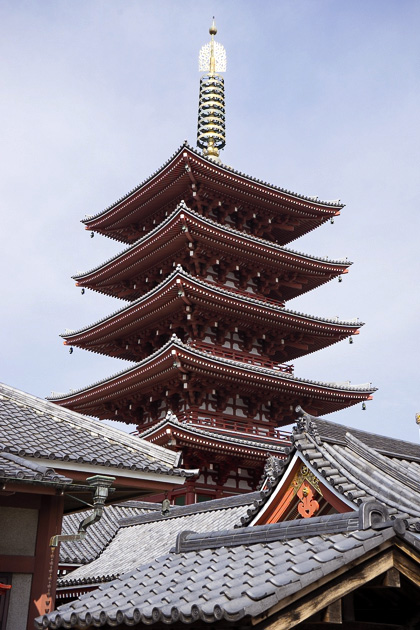
A visit to Sensō-ji begins through the Kaminari-mon, a large gate protected on either side by wooden representations of the gods of thunder and wind. Past these formidable guardians is the Nakamise-dōri Shopping Street. The vendors of this teeming market sell every kind of souvenir imaginable, from key chains to ninja costumes, as well as a wide variety of traditional sweets, treats, teas and ice cream.
It may seem strange for the path leading to an important temple to be so secular and commercial, but that’s because the rulers of Tokyo haven’t always looked upon Sensō;-ji with deference. During the Meiji Restoration, officials made a concentrated effort to reduce the influence of Buddhism, and encouraged the city’s seedier elements to set up shop in Asakusa, and particularly along Nakamise-dōri. The street became a home to prostitution and gambling, which wasn’t entirely troubling to the temple’s monks, many of whom reportedly enjoyed exactly such vices.
Nakamise-dōri has cleaned up its act considerably. Today, the most sinful thing being sold here are taiyaki, delicious fish-shaped cookies filled with chocolate. It’s not a bad idea to eat a few, because you’ll need the energy while visiting Sensō-ji. The temple is huge, with grounds that include multiple shrines, the Hondo (main hall), a five-story pagoda, statues, gates, a museum and even a Japanese garden.

Let’s have a word about that garden. After an hour spent walking around the Sensō-ji, we’d had enough of incense and crowds and were preparing to leave. But then we saw a sign advertising the “Temple Museum with Attached Japanese Garden,” in a building near the western exit. Having just completed a comprehensive exploration of the temple, we agreed there was simply no space for a garden. “It’s going to be a few plants in the corner… max.”
The museum was magnificent, much better than expected, with wood carvings and scrolls, along with paintings of samurai and strange demon gods. And then we emerged into the garden. I still don’t understand it. The place was huge… a real park! A long circular path led past a pond, a tea garden complete with monk serving tea, into a forest (a forest?!), and over hills. By the laws of reality, this park should not have been possible. It’s like we stepped out of the museum, into some sort of pocket universe.
Lending credence to my outlandish theory was the fact that, although the crowd in the temple had been borderline outrageous, and despite this being the Sensō-ji’s most beautiful corner, the garden was nearly empty. It can’t have been the museum’s extremely reasonable entry fee scaring people off. No, the likeliest answer remains a disruption in the space-time continuum. Good luck finding the garden yourself, because it might not really exist.
Location of Senso-ji on our Map
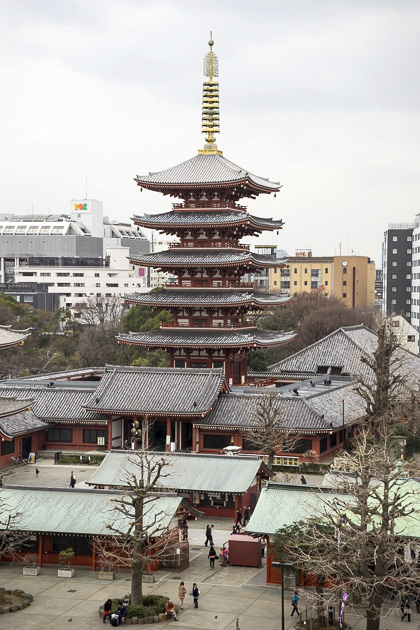
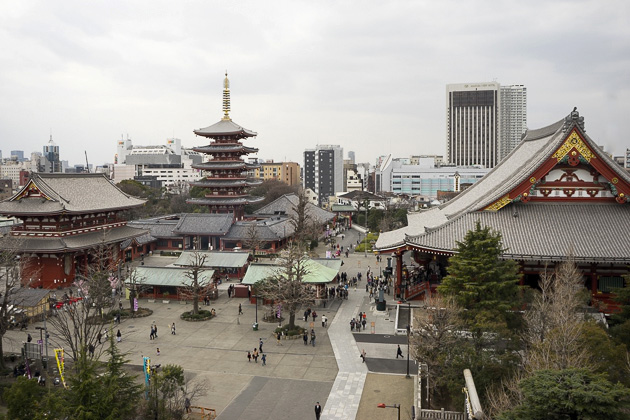
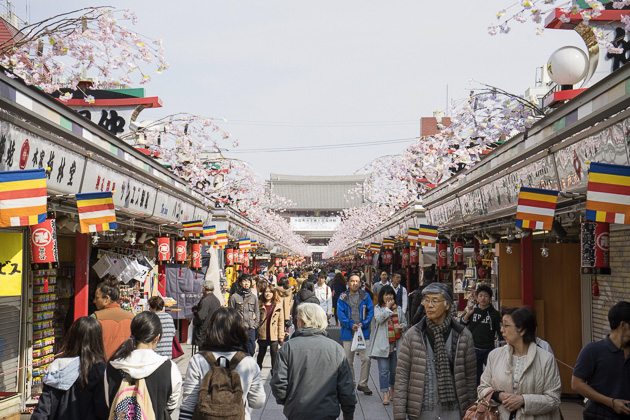
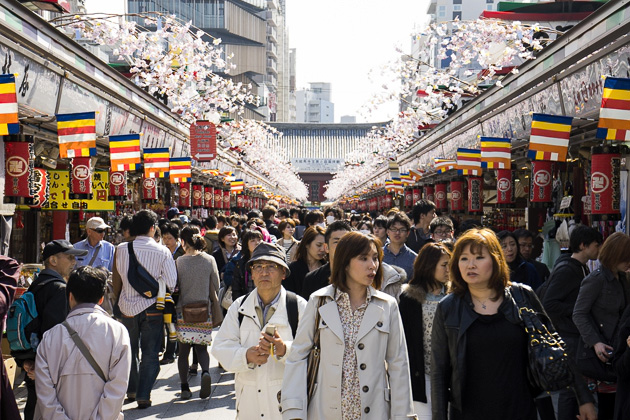



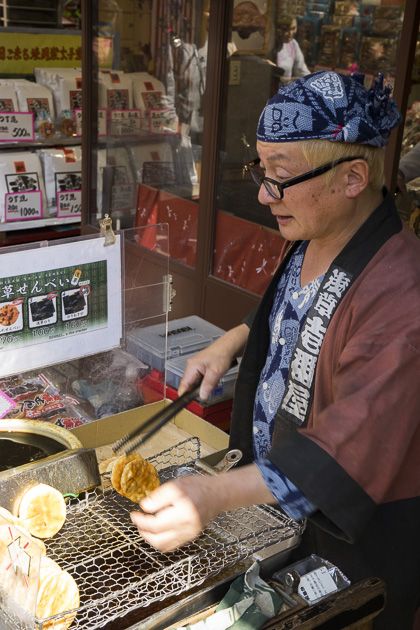
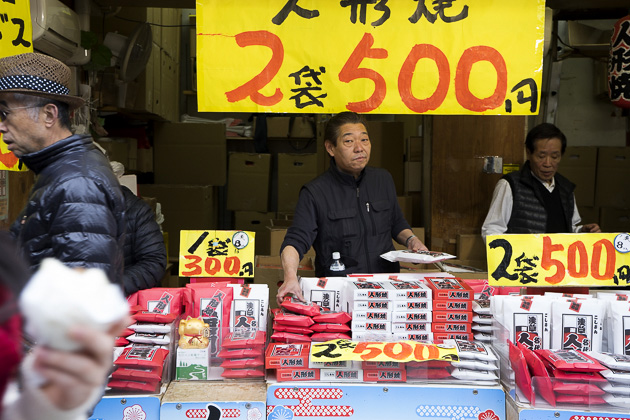
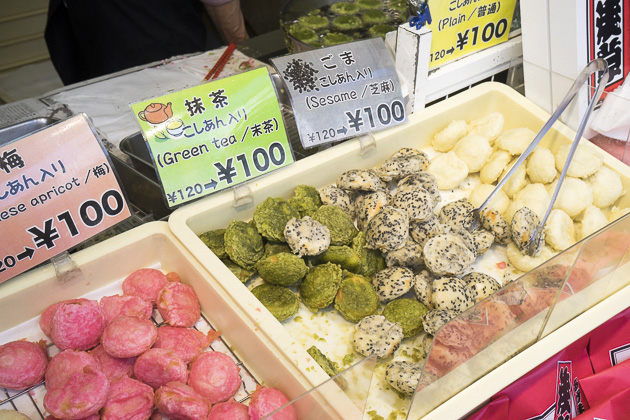
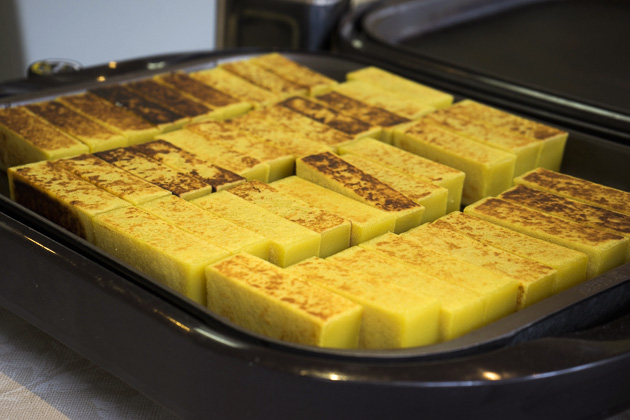
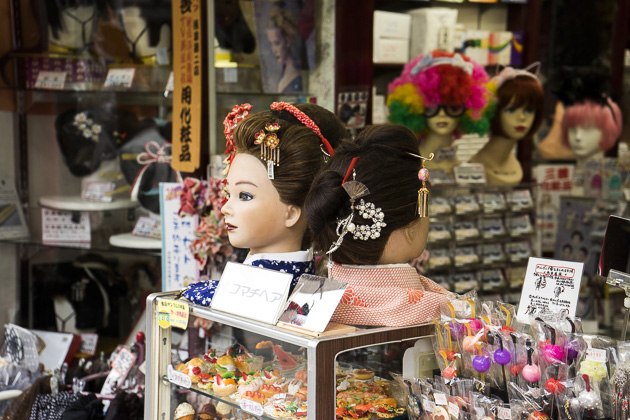
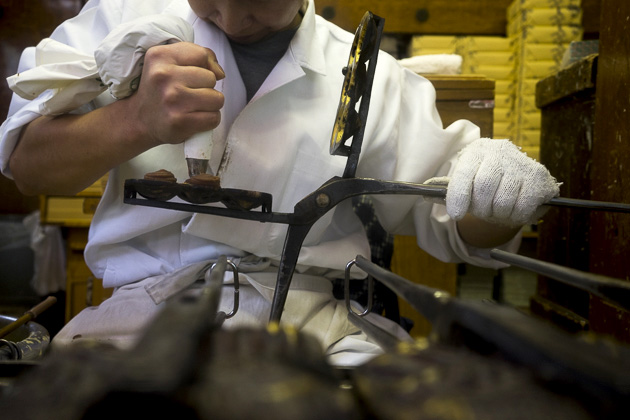
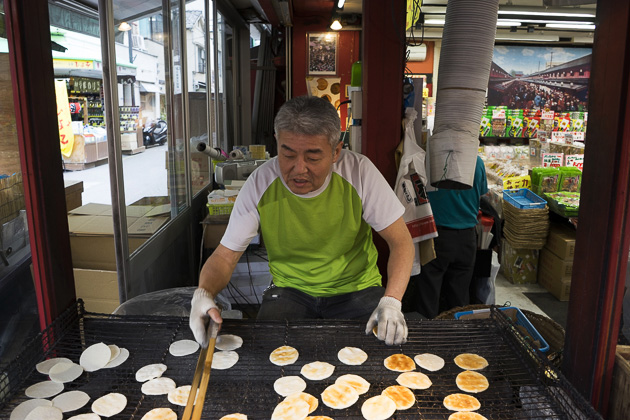
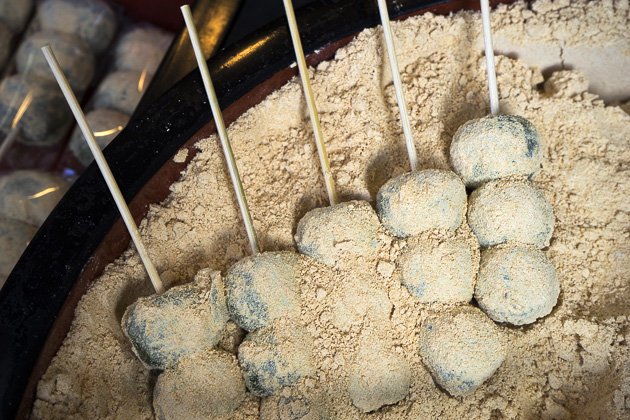
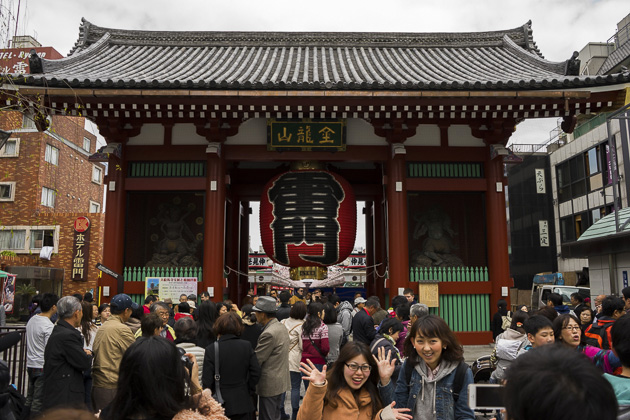
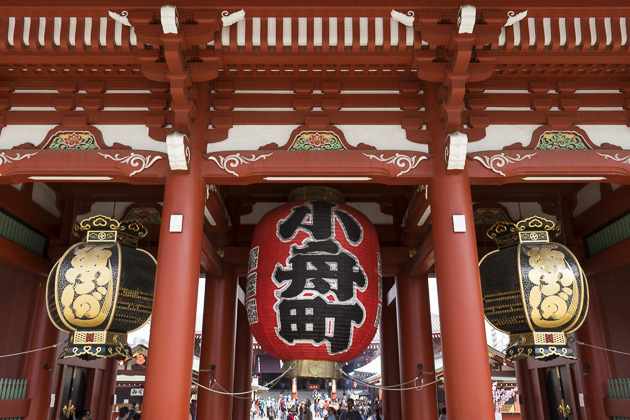

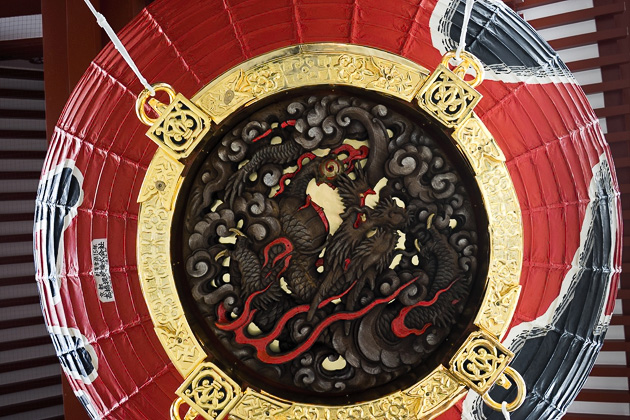
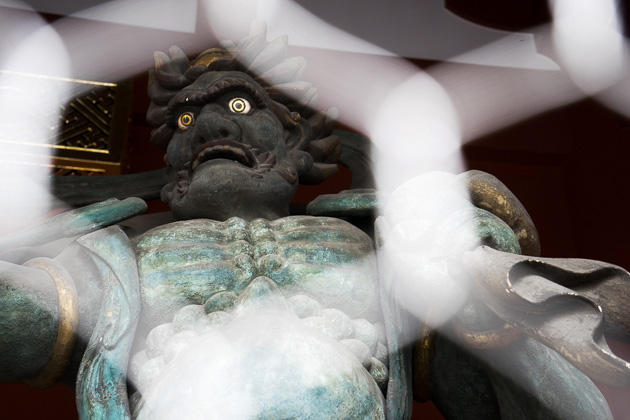
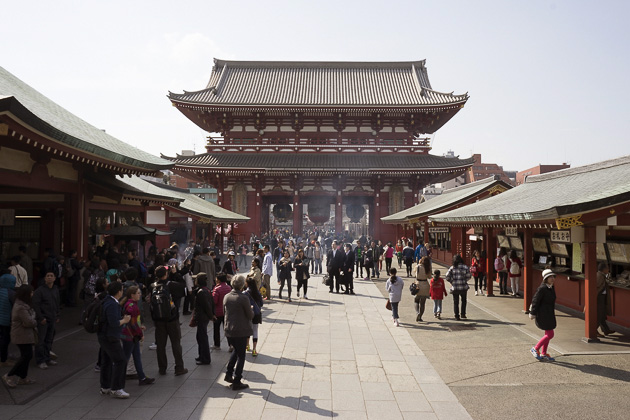
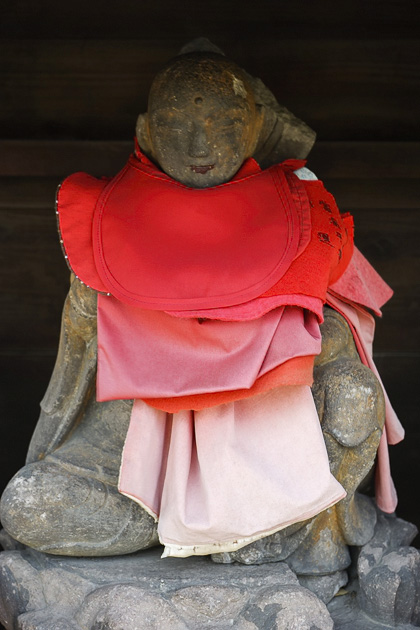
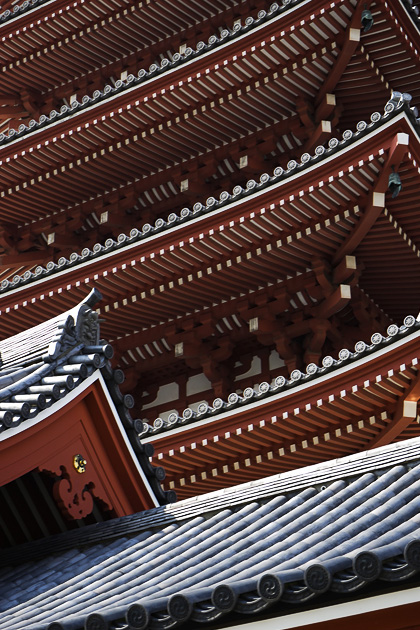
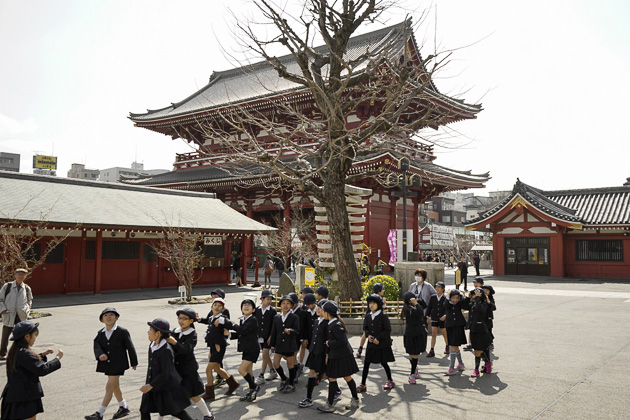
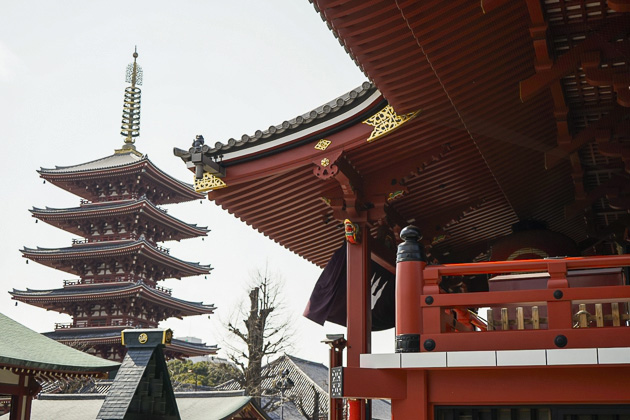
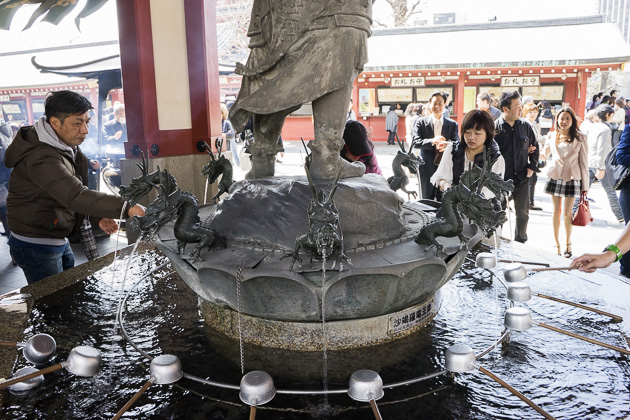
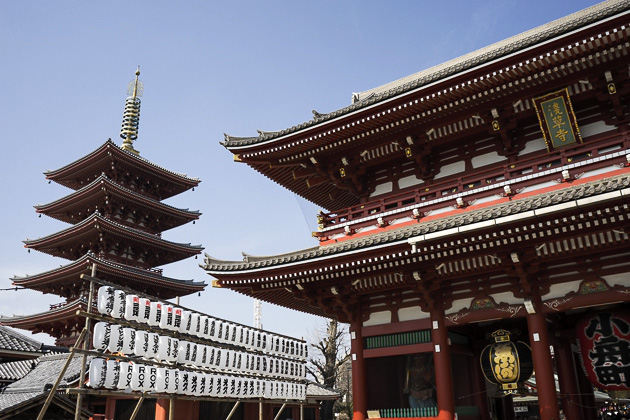
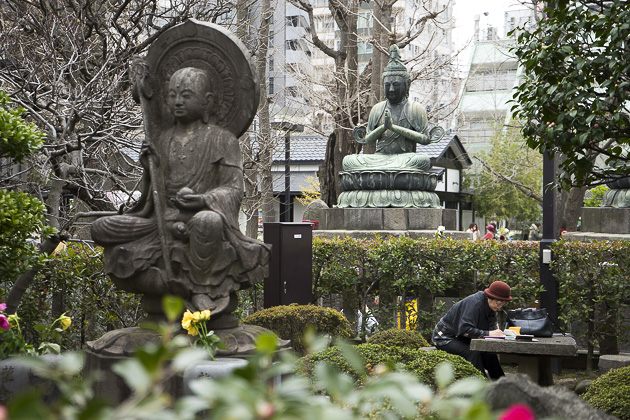
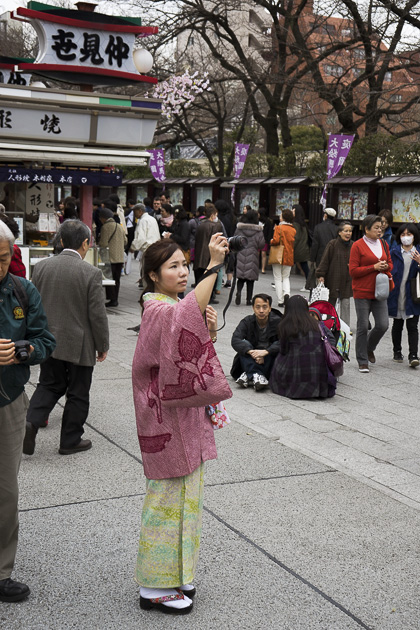

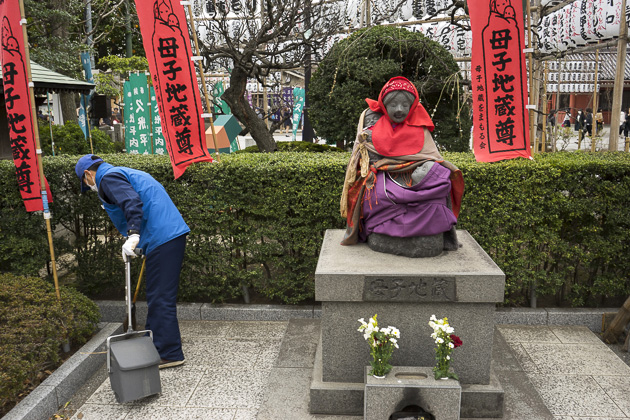
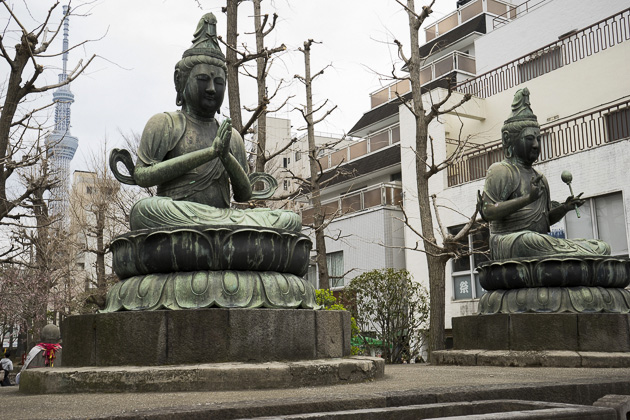
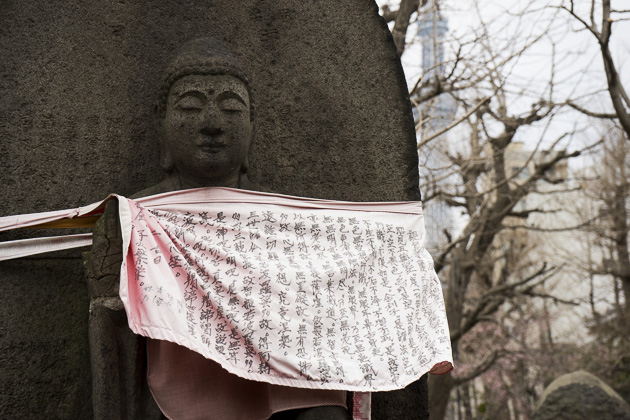
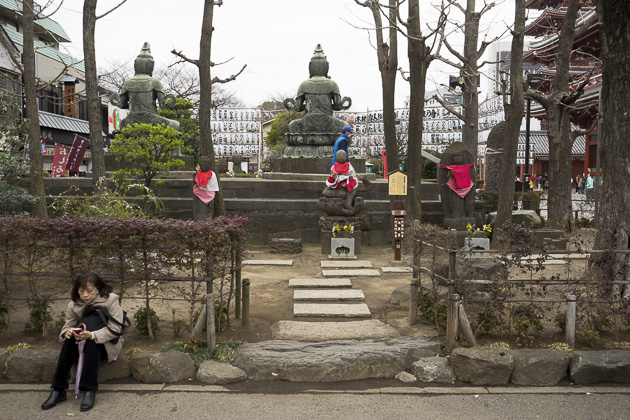
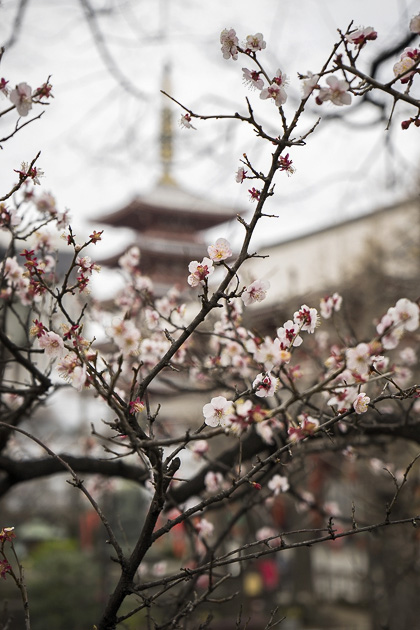
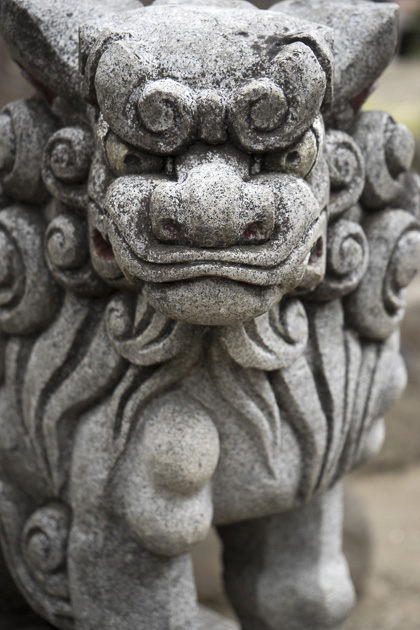
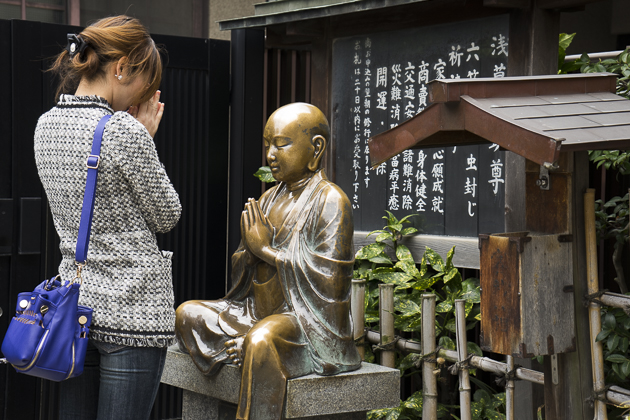
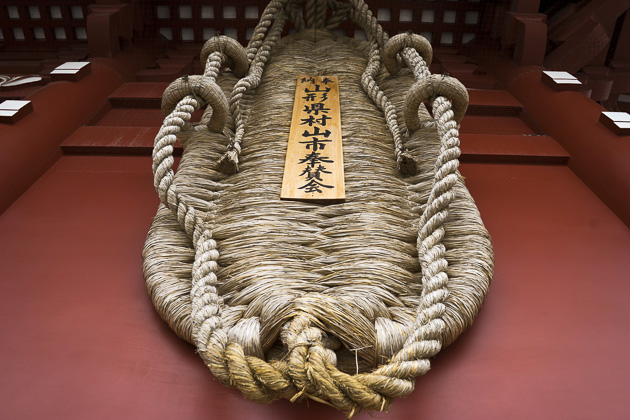
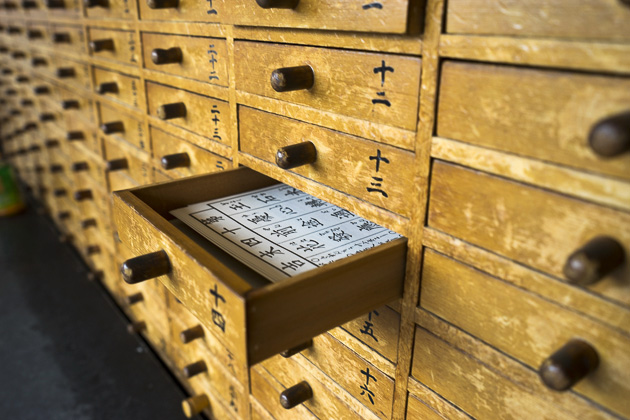
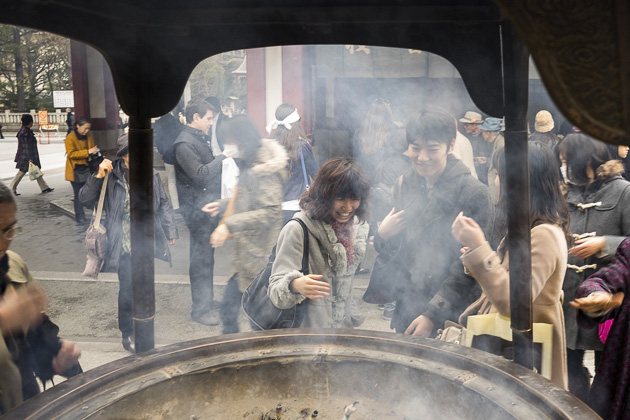
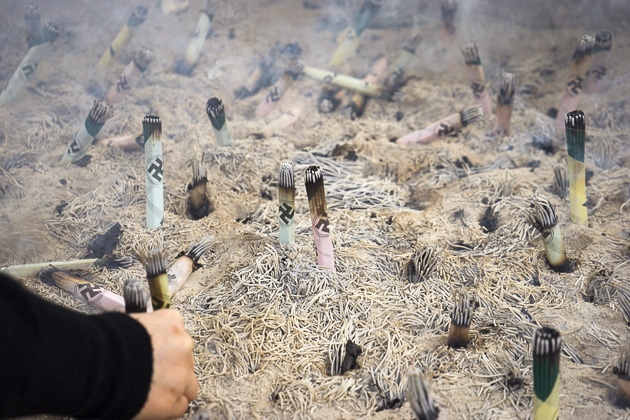
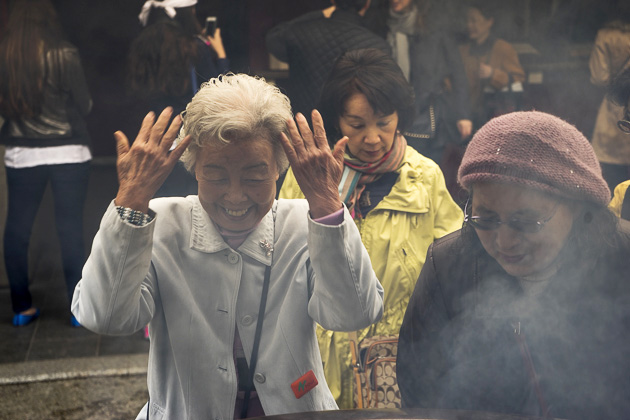
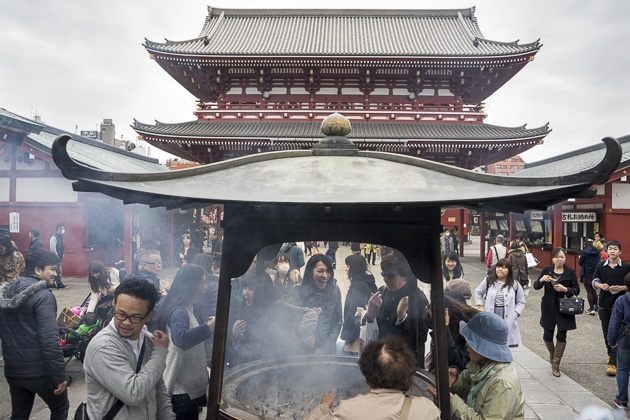

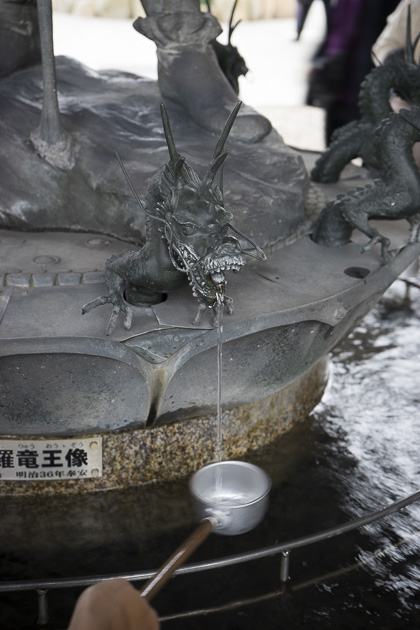
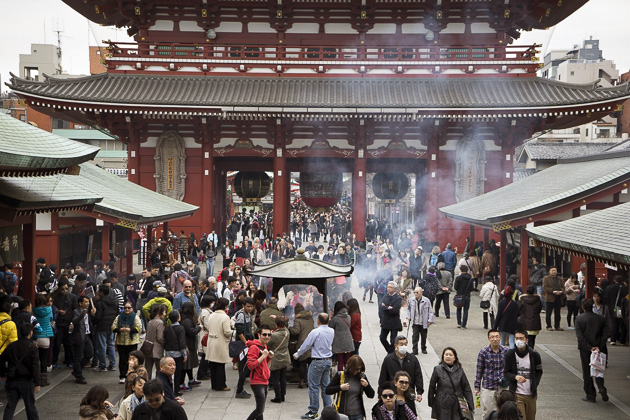
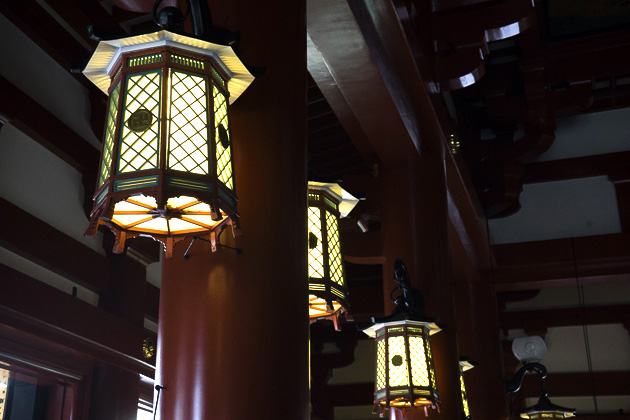
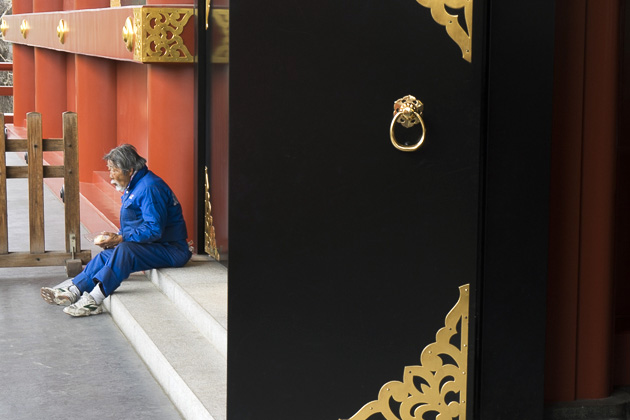
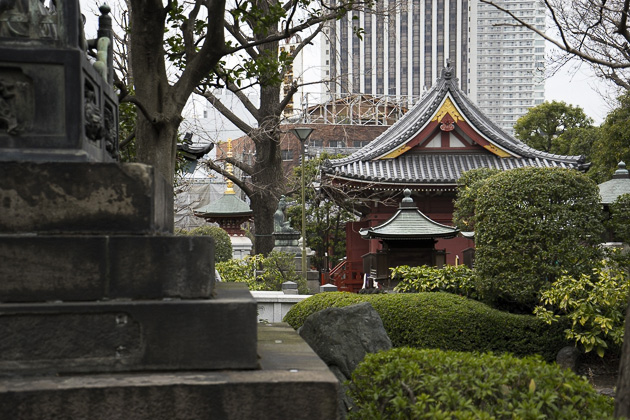
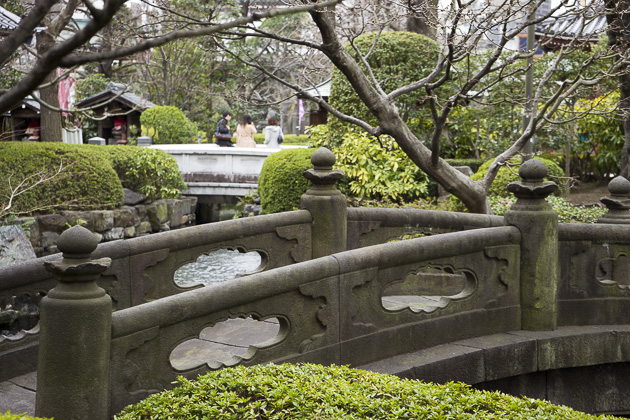
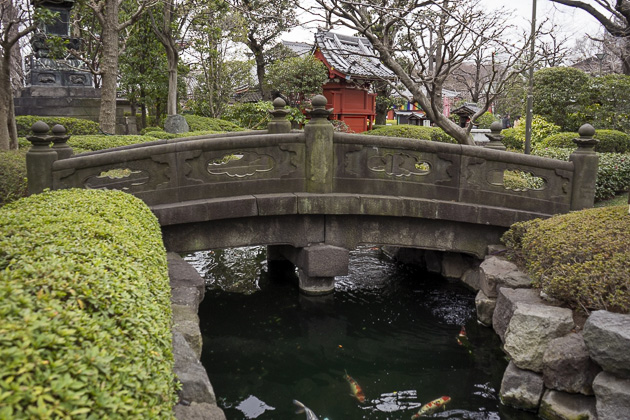
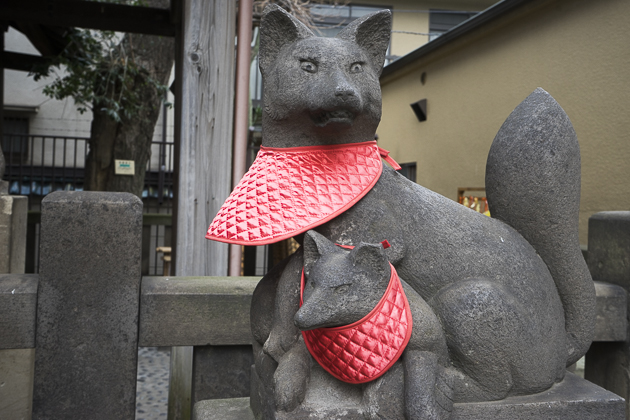
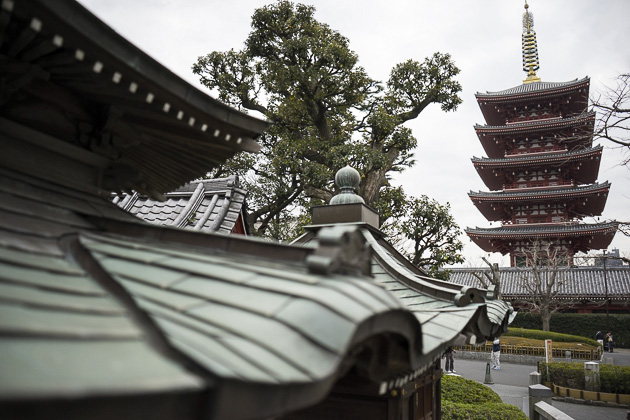
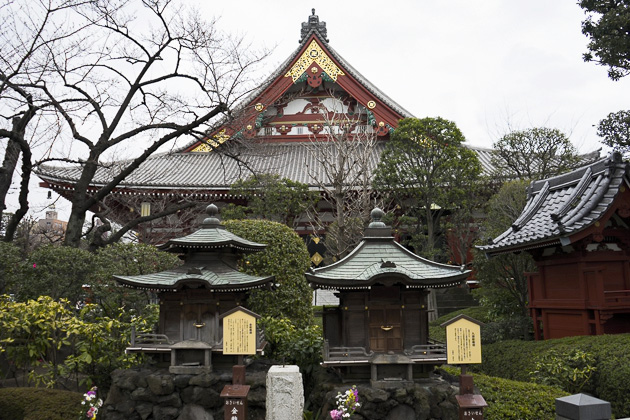
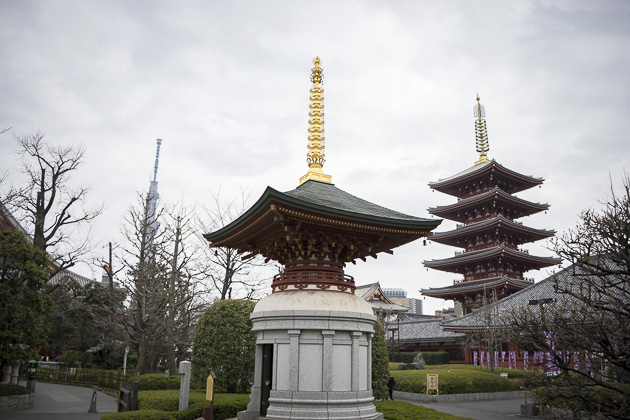
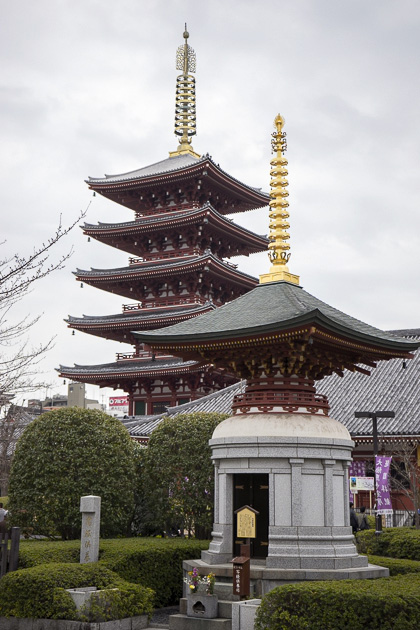
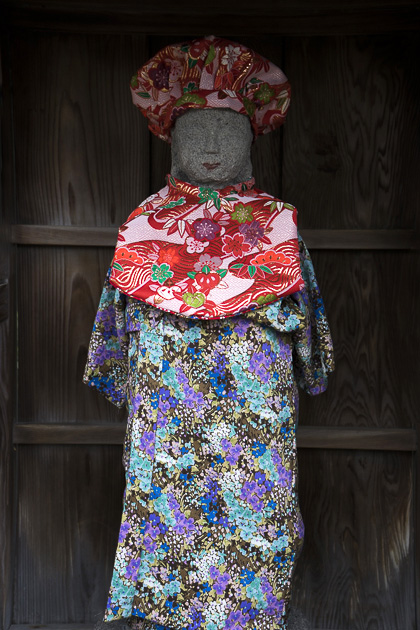


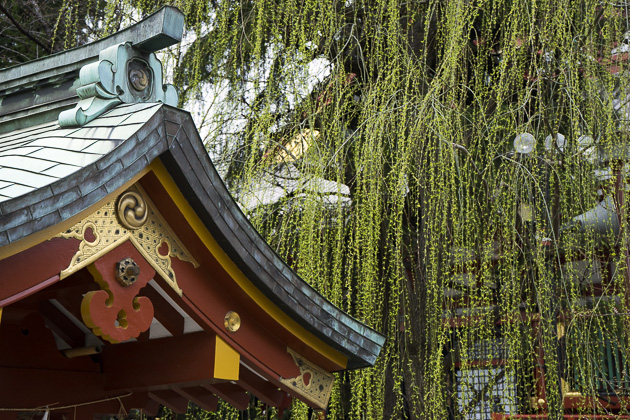
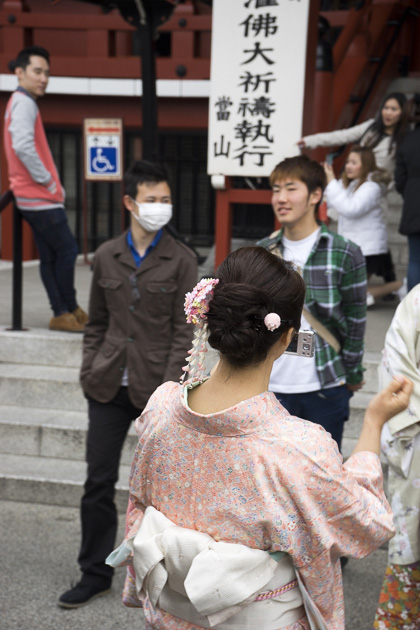
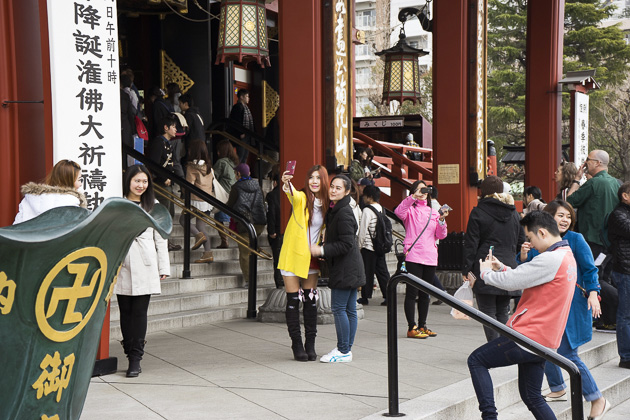
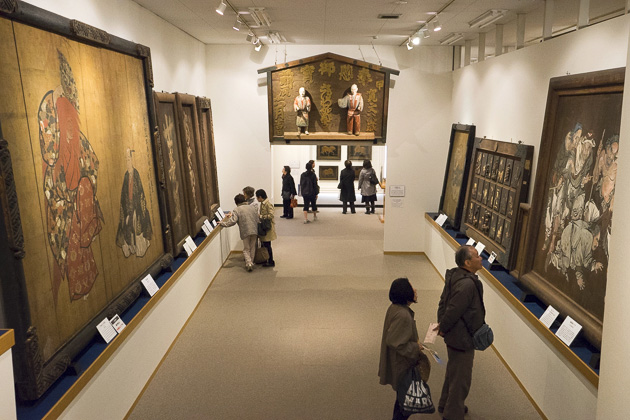
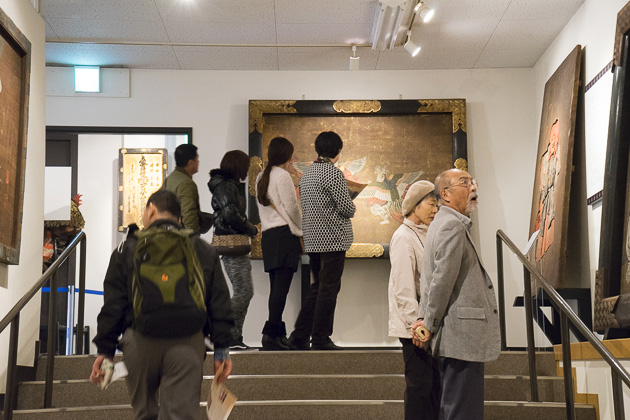
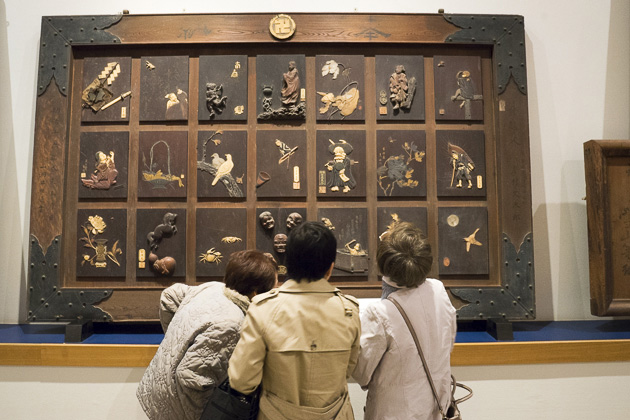
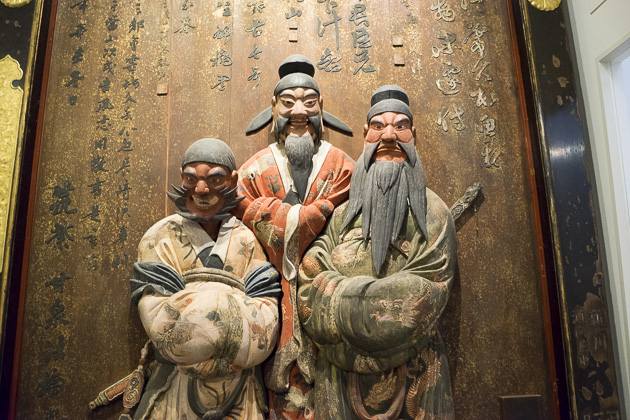
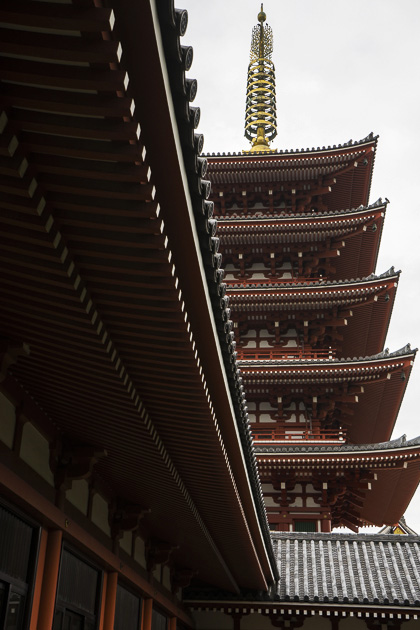
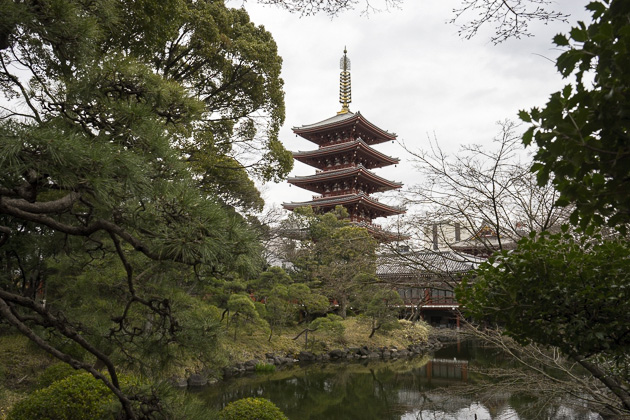
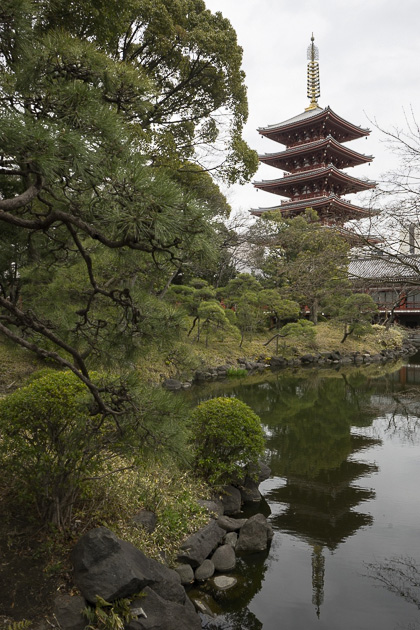
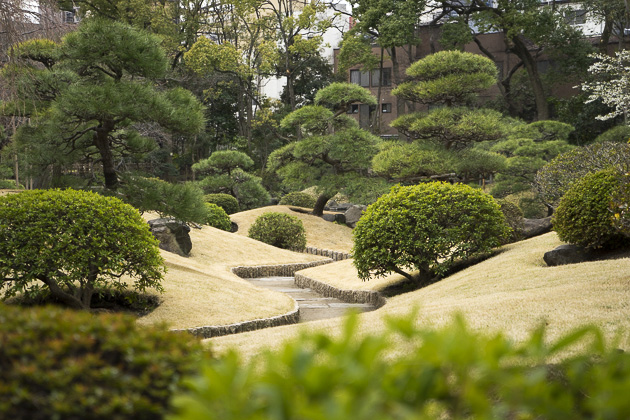
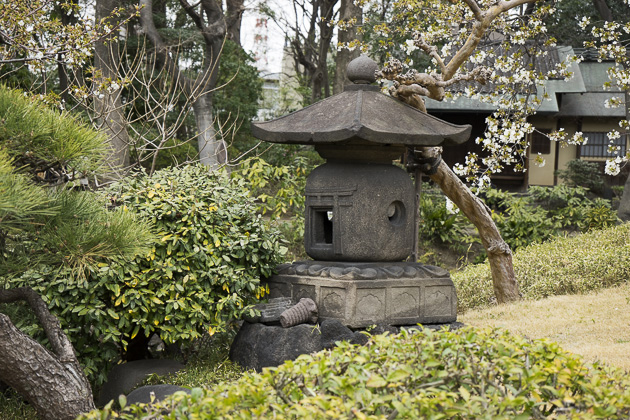
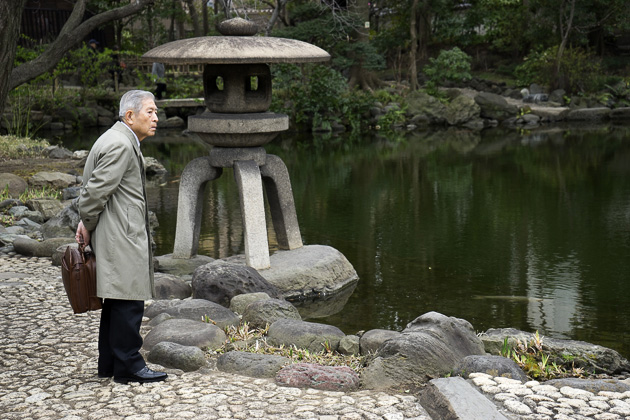
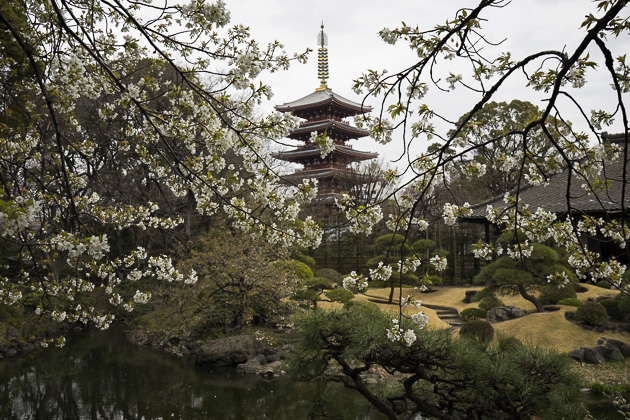
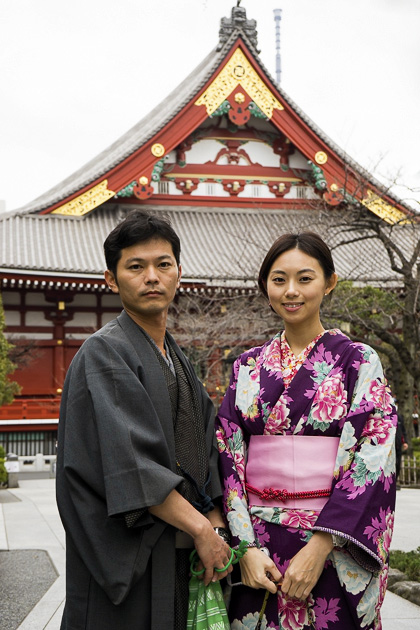
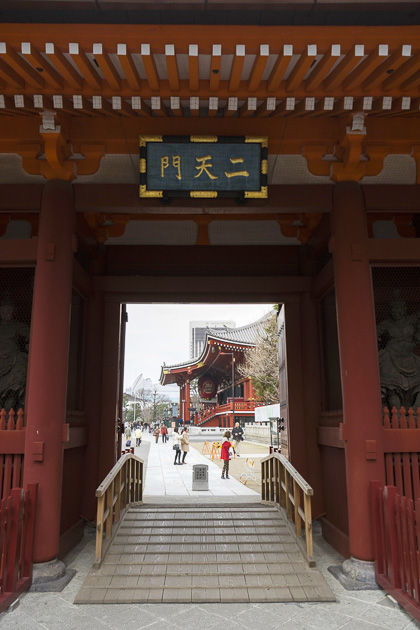
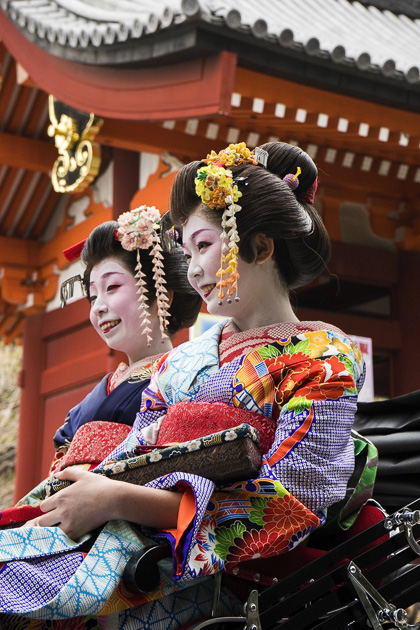
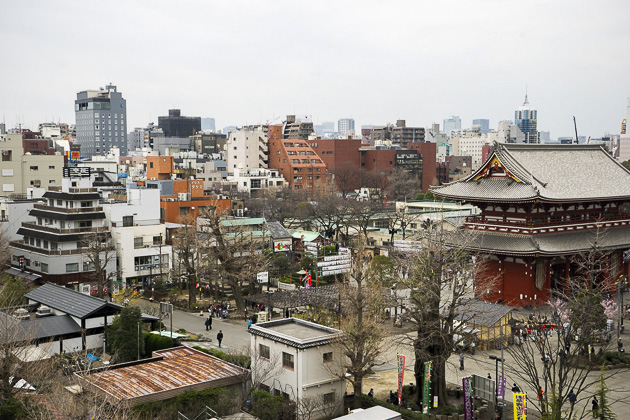
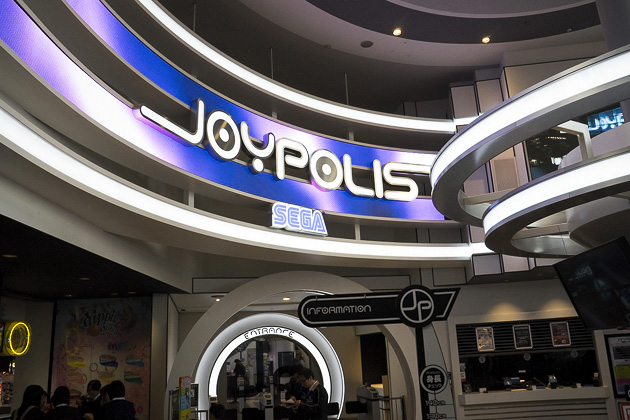
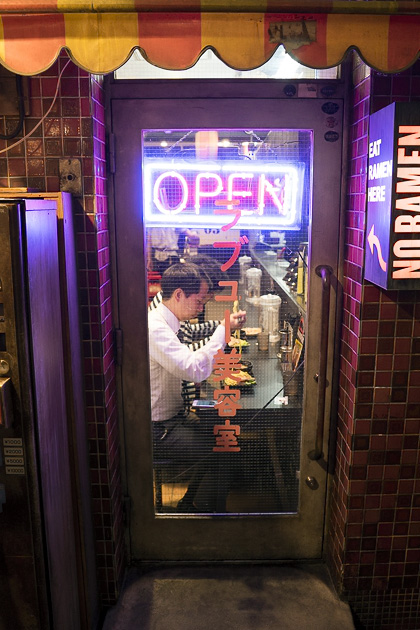
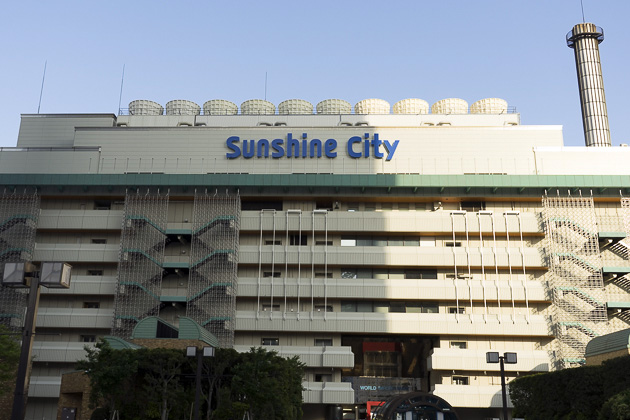

Have you read Murakami’s 1Q84 yet? This squares nicely with his account. Just a little over a week to go. Looking forward to visiting this parallel universe!
Pingback: The Sanja Matsuri in Asakusa | For 91 Days in Tokyo – Travel Blog
Pingback: A Concise History of Tokyo | For 91 Days in Tokyo – Travel Blog